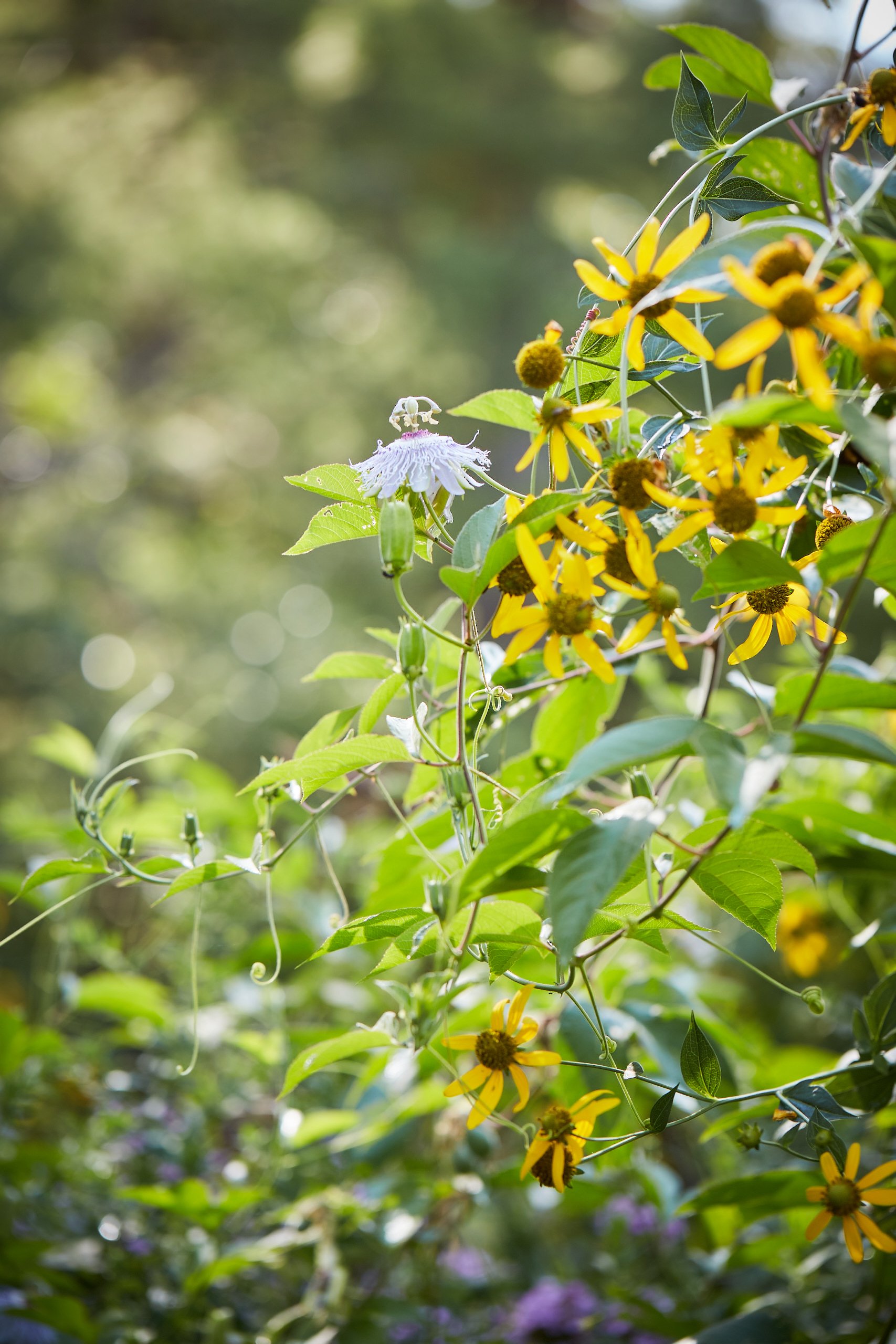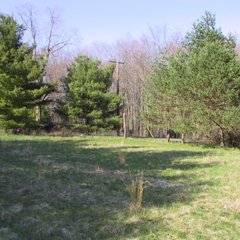MAKING A MEADOW
How To Make A Meadow
(Excerpts From The Booklet, Meadows On The Menu)
Step One:
Creating a wildflower meadow doesn’t need to be too expensive or complicated. Use a cookbook approach that lets nature work for you. Unlike a lawn, a meadow does not need watering, fertilizing or grading/rototilling.Step Two:
Check to see what ingredients you have before you begin: (a) sunlight: You generally need a space with 6 or more hours of sunlight. (b) soil: poor soils with wet spots, clay or acidic are good places to start. (c) plants: What plants are already growing there naturally? Do you have wall-to-wall invasive plants, or one or two wildflowers already? (d) water. Is it dry or wet?Step Three:
Select an area. It can be as small as 10′ x 10′. Choose an area with the best conditions above. Start small and simple.Step Four:
Mow high. Mow or weedwhack the area so that you leave 5 inches or more of growth. Mow every two weeks from spring until the summer heat sets in (in the New York region, this means until about July 4). Then stop mowing. This technique suppresses growth of typical lawn and agricultural grasses.Step Five:
Repeat every year until meadow is mature. It can take as little as two years or as long as 5 years. Then mow or weed whack the area only once a year in late winter (February in the New York region). Leaving the growth over the winter provides great habitat for wildlife.Step Six:
You can enhance meadows by planting a patch of wildflowers and by removing invasive plants before they take hold. Try to find seed that is locally sourced and therefore more likely to thrive in your climate and conditions. See Plant Stewardship Index.
For more information on creating a meadow, pocket meadow, and trench planting, see Into the Weeds (2024).
Clay lawn - year one
Clay lawn - year two
Clay lawn - year three



